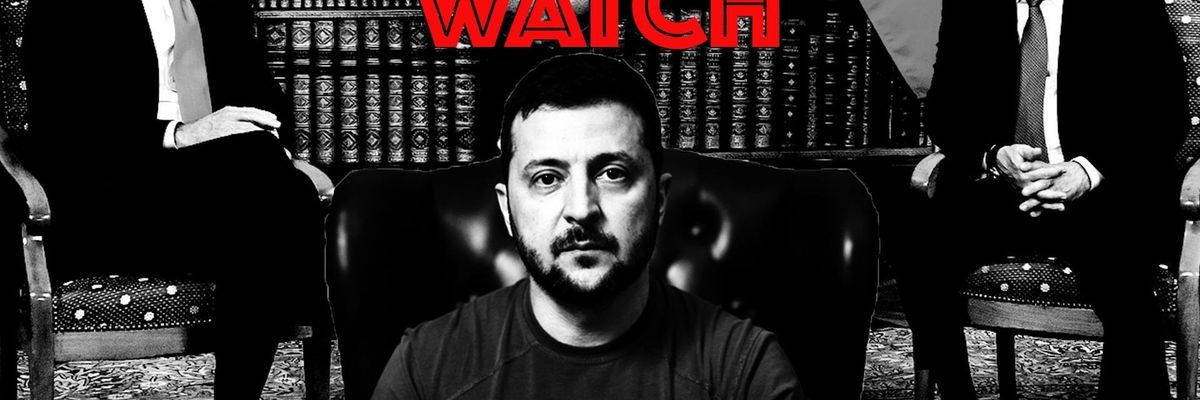Over the last week, the U.S. joined its closest allies in two major international forums: the G7 meeting and the NATO summit. But diplomacy aimed at ending the war in Ukraine was not the order of the day at either event. Instead, Western leaders came together to condemn Russia’s war in Ukraine, reaffirm their commitments to Kyiv’s defense, and insist that the decision of when to end the war lies entirely in the hands of Ukrainian President Volodymyr Zelensky.
Nonetheless, there were a few glimmers of hope for those who hope to see this war end as soon as possible — or at least some clearer indications of how the West thinks this war could end. So we’ll shine a light on those in this edition of Diplomacy Watch, your weekly round-up of diplomatic efforts aimed at ending Russia’s war in Ukraine (or at least heading in that direction).
— Al Jazeera reported Wednesday that Ukraine and Russia engaged in the largest prisoner swap since the war began, with each side turning over more than 140 enemy fighters. Of the soldiers returned to Ukraine, 95 had fought in the Mariupol steel plant siege and 43 were members of the Azov regiment, a controversial militia-turned-National Guard unit with far-right sympathies, according to Al Jazeera. On the other side, Ukraine turned over a mix of Russian soldiers and fighters affiliated with the self-proclaimed Donetsk People’s Republic. Russia has not commented on the swap.
— During a Wednesday Atlantic Council event, Secretary of State Antony Blinken dismissed the idea that Putin is interested in ending the war through diplomacy. “We have not seen any interest on the part of Vladimir Putin in engaging in any kind of meaningful diplomatic initiative,” Blinken said.
— At last weekend’s G7 summit, British Prime Minister Boris Johnson warned French President Emmanuel Macron that “any attempt to settle the conflict now will only cause enduring instability” by giving Russian President Vladimir Putin permission to manipulate states and global markets “in perpetuity,” according to a British readout of their conversation. (France disputed this version of events, saying Johnson didn’t “warn” Macron about anything.) The only unified statement about how to end the war came on Monday, when the G7 declared that it is “up to Ukraine to decide on a future peace settlement, free from external pressure or influence.”
— On Wednesday, Zelensky asked NATO for “security guarantees” and implied that he wanted to join the alliance, walking back his earlier position of openness to keeping Ukraine out of the pact, according to Forbes. In other news, NATO changed its mission statement for the first time in more than a decade, adding among other things that Russia poses “the most significant and direct threat to Allies’ security and to peace and stability in the Euro-Atlantic area.”
— Russia decamped from a “strategic Black Sea outpost” known as Snake Island on Thursday, according to Reuters. Ukraine says Russian troops were forced to withdraw after Ukrainian forces spent a day shelling Moscow’s outposts on the Island. The Russian defense ministry had a different take, saying the decision was meant as a “gesture of goodwill” to show Russia’s willingness to help open shipping lanes for grain in the Black Sea.
— In related news, the Financial Times reported that Ukraine’s head negotiator has cast doubts on whether Turkey-led talks will be able to restart shipments of grain from Ukraine’s Black Sea ports. “If there are talks, we will participate. But that doesn’t mean we will agree to any option that is on the table,” the negotiator said. “Any attempts to base a food security solution on the goodwill or grace of Russia will not work or be trusted.”
U.S. State Department news:
No briefing was held this week.
















